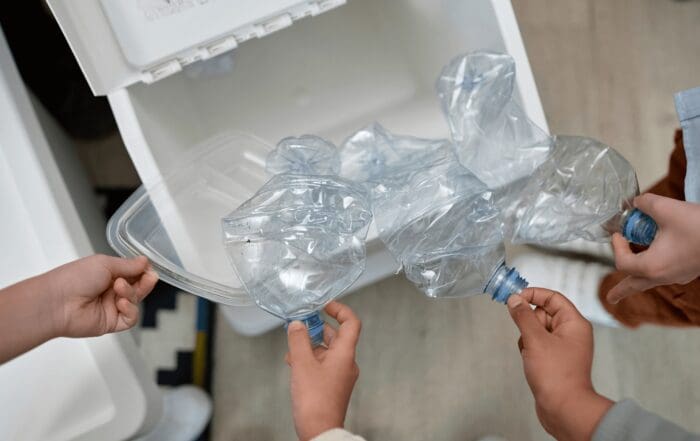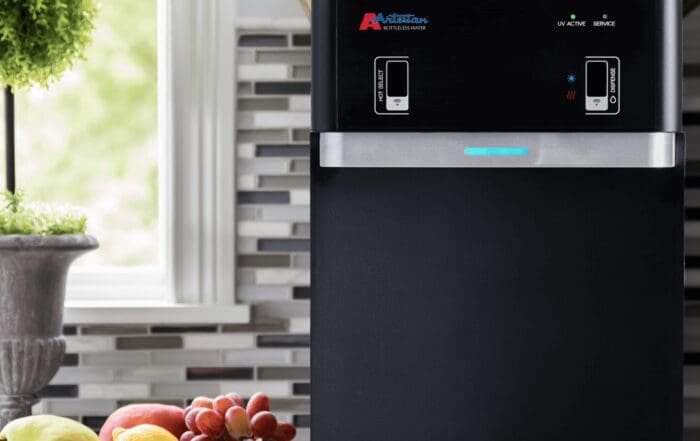
Nitrates in Drinking Water May Affect Fetal Growth
We all know that pure, clean drinking water is essential for our bodies, but it’s also essential for pregnant women and developing babies. While in utero, a fetus absorbs all of its nutrients and food through the mother. So, anything the mother intakes, the baby does as well. This includes the nitrates commonly found in tap water.
In February, the University of Illinois Chicago and Aarhus University published a study that found “women whose household drinking water contained nitrate had babies that weighed, on average, 10 grams less than babies born to mothers where household water had no detectable nitrate.” The study followed pregnant women living in Denmark, and “researchers found that even low nitrate levels – about half of the allowable level set by the U.S. Environmental Protection Agency, or EPA – caused an adverse effect.” While the bottleless water coolers from Artesian Bottleless Water remove more than 99% of the impurities in tap water, including nitrate, here is what you need to know about this chemical if you lack water filtration at home.
Where Does Nitrate Come From?
Nitrate is a chemical compound commonly found in fertilizers. This includes the lawn fertilizer you use every year, and it also includes the commercial fertilizer used in agriculture. By definition, nitrate is an inorganic, water-soluble chemical that even the human body makes naturally. While the EPA regulates nitrate levels in drinking water, limiting its level to 10 parts per million, nitrates can also show up in our food sources, such as cured meats, deli meat, hot dogs, and some leafy green vegetables.
Why Should I Avoid Nitrates?
On their own, nitrates are not broken down by the stomach acid, meaning they travel right on through to your intestines, where they break down into nitrite, which can cause health complications and, in this case, low birth weights of newborn babies.
Additionally, researchers of this most recent study found that babies born to mothers who consumed water with higher nitrate levels also had smaller head circumferences and were not as long as babies born to mothers who did not consume high levels of nitrate. Furthermore, the higher the nitrate level, the higher the risk that the newborn would also develop infant methemoglobinemia, a potentially fatal condition known as “blue baby syndrome.” Because nitrates prevent hemoglobin in the blood from carrying oxygen, babies experiencing this kind of effect turned blue, and in some cases, died.
How Can I Tell if My Drinking Water is Contaminated?
Unfortunately, nitrate is odorless, colorless, and tasteless, so there’s no real way of knowing whether or not it’s in your drinking water. If your only source of office drinking water is the tap in the breakroom, then you might be putting your entire team, especially your expectant mothers, at risk of consuming too much nitrate.
While you can have your water tested, the only sure way to guarantee that your entire office (or home) is safe from consuming nitrate is to invest in one of our water filtration systems, like the M Series 3000 or the W9. If you’re looking for safe and reliable water and ice solutions, ask us about our i12 model. Not only do all of our bottleless water coolers house a multi-stage filtration system that removes sediments, chemicals, and germs, but our systems also have an exterior anti-microbial coating and hands-free dispensing options. This ensures that your drinking water is clean from the inside out!
Drink Artesian Today!
Access to clean drinking water shouldn’t be a hassle, and we’ve done our very best to guarantee that for you. When you sign up for a free 7-day trial, we’ll come in and install your new water cooler without disrupting your entire workspace. Once installed, we guarantee you’ll never want to go without! We have locations across the entire United States, so give us a call today and start protecting your entire staff from nitrates and other chemicals in their drinking water!



